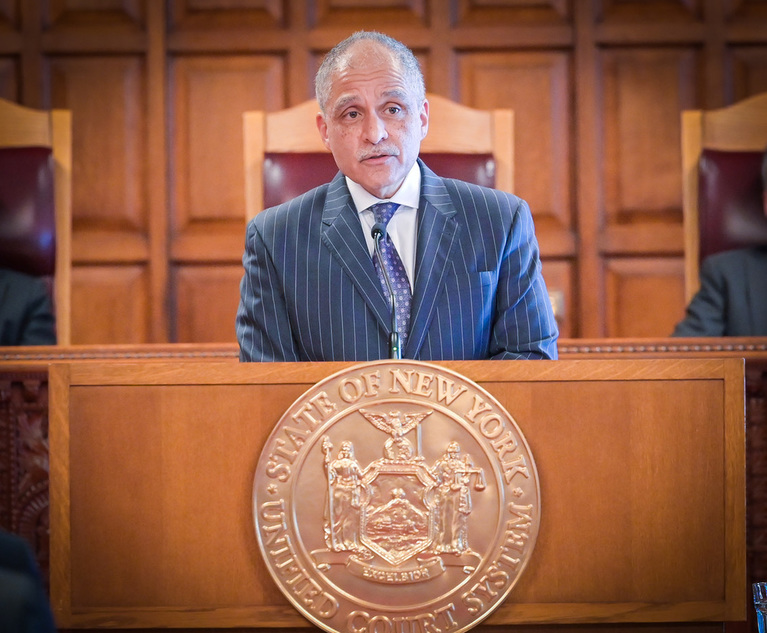 Although much about the workplace has changed significantly as a result of the COVID-19 pandemic and the transition to telework for many office-based businesses, some things remain the same—namely the risks for employers of discrimination and harassment claims. Those risks may be heightened in some ways when working from home, given the potentially blurred lines between employees’ personal and professional environments, including relaxed dress codes; office meetings in spaces such as bedrooms, kitchens and other private spaces that would not normally be shared with coworkers; and the presence of family members and household pets during conference calls. These factors, coupled with the general stress and potential isolation associated with living through a global pandemic, can give rise to a markedly different atmosphere—and the mistaken belief among some employees that policies and procedures governing professional conduct in the workplace may not apply to the remote work environment.
Although much about the workplace has changed significantly as a result of the COVID-19 pandemic and the transition to telework for many office-based businesses, some things remain the same—namely the risks for employers of discrimination and harassment claims. Those risks may be heightened in some ways when working from home, given the potentially blurred lines between employees’ personal and professional environments, including relaxed dress codes; office meetings in spaces such as bedrooms, kitchens and other private spaces that would not normally be shared with coworkers; and the presence of family members and household pets during conference calls. These factors, coupled with the general stress and potential isolation associated with living through a global pandemic, can give rise to a markedly different atmosphere—and the mistaken belief among some employees that policies and procedures governing professional conduct in the workplace may not apply to the remote work environment.
Employees working remotely may still experience incidents that give rise to claims of discrimination and/or harassment virtually, through video streaming platforms or chat apps as well as email and text messages. Consider the following scenarios based on allegations contained in lawsuits filed during the pandemic:
• An employee indecently exposed himself during a videoconference.
• A supervisor demanded that a black male employee turn his video on during a videoconference but did not require white counterparts to do the same.
• An employee took screenshots of a colleague and circulated them to other employees, manipulating the photos to emphasize certain body parts and adding comments and gifs about her ethnicity and body.
• An employee sent her coworker phallic emojis through a chat on a video streaming platform during a virtual department happy hour.
• A vendor told an employee that her phone voice sounded “sexy” and that she could be a phone sex operator during a conference call.
• An executive who thought a transgender employee’s video and sound were off was caught mocking that person for use of preferred pronouns.






